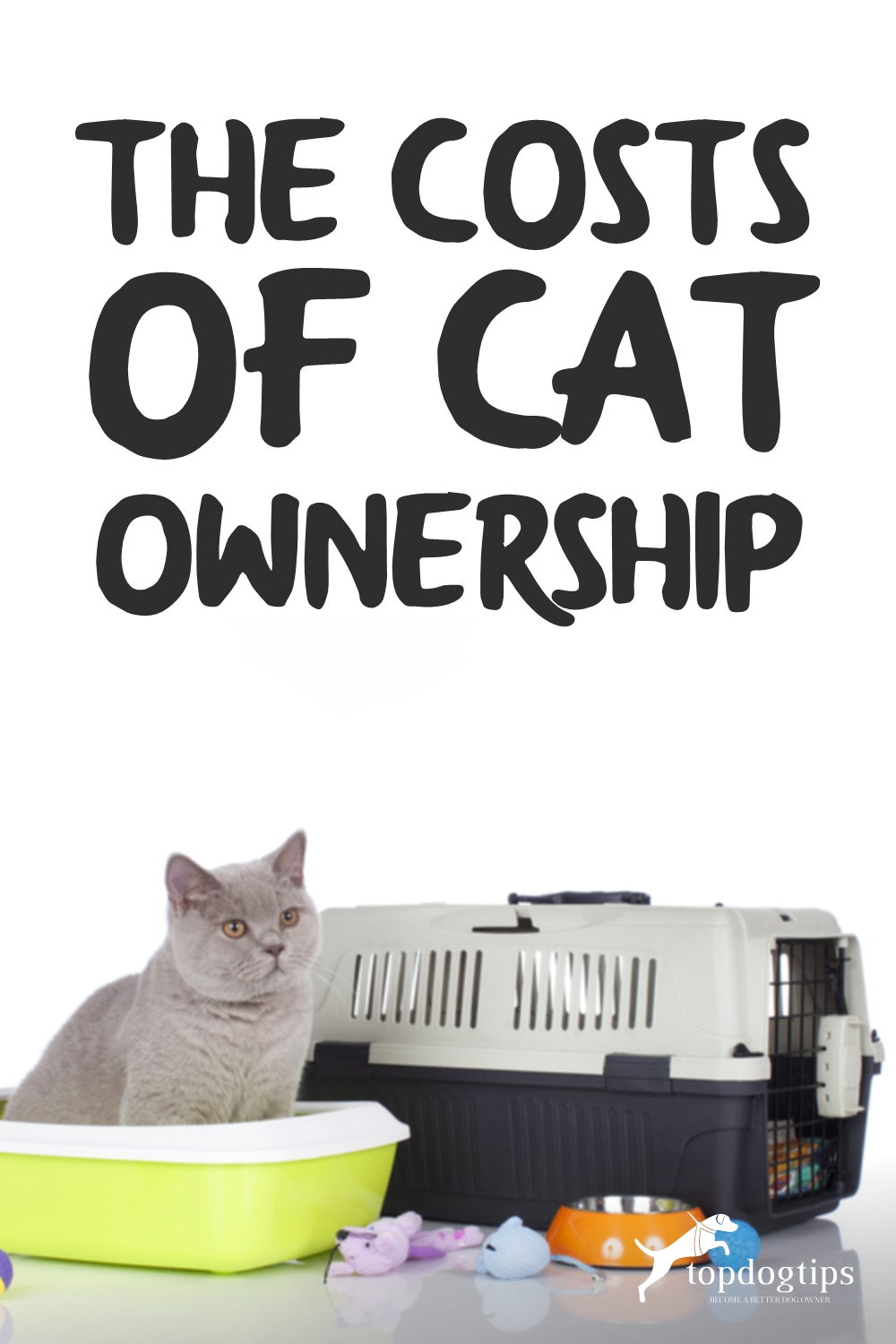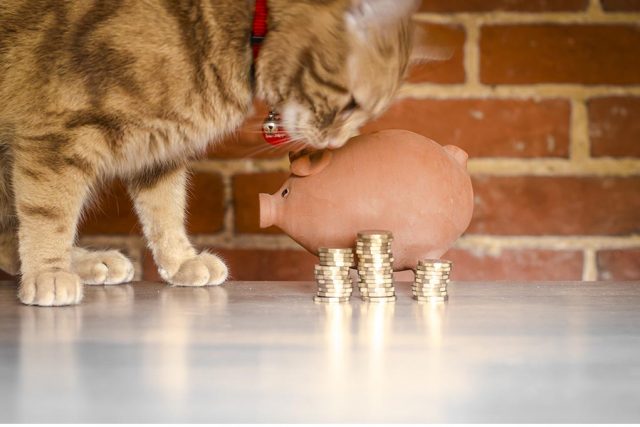
Table of Contents
- The Basic Cat Needs and Requirements
- High-Quality Food
- Spay or Neutering
- Safe Indoor Environment
- Key Vaccination Is A Cost of Cat Ownership
- Litter Box and Cat Litter
- Annual Veterinary Examination
- Establishing an Emergency Fund for Your Cost of Cat Ownership
- Initial Cost of Cat Ownership, Adoption, or Purchasing Costs
- Things to Consider Before Purchasing a Cat
- Cost of Cat Ownership Can Be a Commitment of 25 plus years.
- Understand Your Own Finances Before Adding The Cost of Cat Ownership
- Final Thoughts on the Cost of Cat Ownership
If you’re hoping to add a new furry family member and wonder what the costs of cat ownership will be. You’ve probably looked into the costs of adoption or purchasing.
For cat ownership, the expenses can vary substantially, but the key elements are usually the same.
Before adopting a new feline into your household, it’s essential to factor in the daily, monthly, and yearly totals it’s going to require to keep your new fur baby in top health and physical condition.
After all, if you’re going to have a pet, you want to ensure they remain happy. Here are the expenses (from typical to less common) that you need to consider before bringing home your new pet.
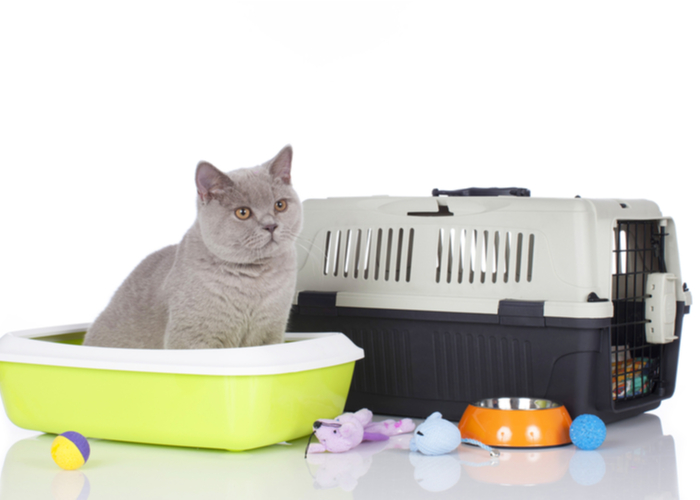 The Basic Cat Needs and Requirements
The Basic Cat Needs and Requirements
Every cat requires the basics to ensure that all of his needs are being met. These can include the basic staples every cat requires, ranging from simple items like food and toys.
Here are a few expenses you’re going to have daily.
High-Quality Food
Just as we have thousands of options for grocery shopping, cat food comes in a wide array of varieties. From basic kibble to raw food, it seems like the choices can be overwhelming.
To determine which food is best for your cat, start by asking the breeder or shelter what food she is currently on.
It’s always important to transition cats slowly regardless of the food option, so knowing their current diet can help you determine where to go from there.
Whenever possible, look for high-quality foods with meat listed as the first ingredient (not meat by-product).
You’ll also want to avoid grains whenever possible, as this is often a filler ingredient and not something nutritionally important.
When you’ve found decent food, consider speaking to your vet about the brand in question. Many vets are familiar with top food options for kittens and cats.
Spay or Neutering
Having your cat spayed or neutered is part of responsible pet ownership, especially if you’re purchasing a kitten. Most veterinarians recommend having the procedure done before 12 months of age (this will typically cost you less too).
Some shelters or rescue organizations actually have this identified in the contract as a mandatory procedure, so take care to have it done as soon as possible. The spay or neuter can cost approximately two hundred dollars (if done when they’re a kitten) and is a same-day procedure.
Your feline friend may end up wearing a cone to protect them afterward and may require pain relievers, too. These aren’t always built into the cost of the procedure, so ask the vet clinic before you book the appointment.
Safe Indoor Environment
Although it seems like a no-brainer, it’s crucial to have a permanent indoor environment for your new cat to come home.
Ensure that all toxic or dangerous plants and breakable objects are removed, and ensure any wires are picked up or hidden from view.
Many cats find wires quite intriguing, making it a safety hazard to have around the home. If you think your indoor cat may want to venture outside, look for a high-quality leash and harness to keep them safe.
Additionally, your cat will need secure, cat-friendly toys to play with throughout the home. Items with strings, feathers, or other loose objects will need to be carefully monitored during play.
These items can become quickly ingested and pose choking hazards as a result.
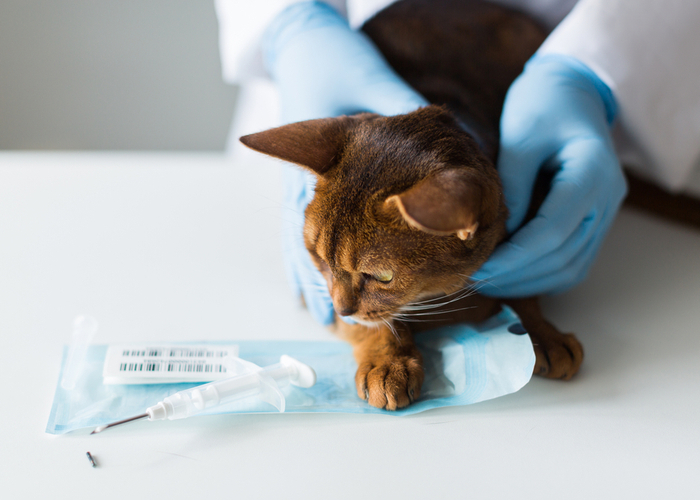
Key Vaccination Is A Cost of Cat Ownership
It is a common misconception that indoor cats don’t require vaccinations, but that isn’t true. A cat can quickly pick up many dangerous and deadly diseases without proper vaccination (even inside) or escape out of the house and wind up in trouble.
Things like rabies and FeLV are severe and invariably fatal, but both require transmission by an infected animal. If you’re unsure of which vaccinations your cat will need, always make sure to ask your veterinarian ahead of time.
Expect to pay approximately one hundred dollars for each vaccine appointment, as the veterinarian will also do a wellness check at the same time.
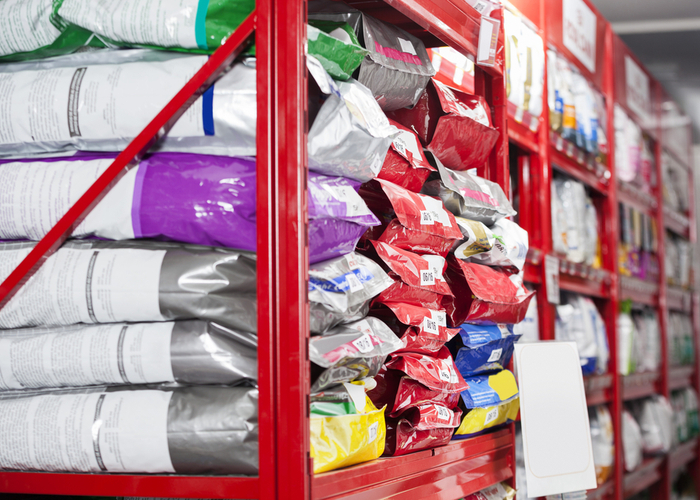
Litter Box and Cat Litter
While the initial costs of cat litter may not seem like a lot of money, it can be costly when adding up the totals throughout the years.
The average litter box can range substantially, especially if you choose a higher-end box with self-cleaning options.
It’s also important to factor in the cost of litter (which is approximately $7 to $23 a box). It’s important to scoop the litter daily and replace the litter at least every few weeks.
Annual Veterinary Examination
It’s important for any pet you own to have a yearly check-up, even if they seem perfectly healthy. This exam will often include a complete workup (including dental exam and blood profiles) and cost between $100 and $200 per visit.
These appointments will take the overall health and wellness into account, take the cat’s weight, check for any signs of distress or infection, and provide you with a total and complete picture of their wellbeing.
Establishing an Emergency Fund for Your Cost of Cat Ownership
Emergencies strike when no one expects them to, so it’s important to make sure you have the funds available to cover any costs for these visits. Depending on the accident, this can quickly add up to hundreds, if not thousands, of dollars.
A simple way to mitigate these costs is with veterinary insurance (which may have a deductible, depending on the plan) or setting aside money if something were to happen.
Whether that amount is $100 a month into a savings account or having a particular credit card set aside if something happens, knowing you have cash set aside for a cat emergency is essential.
Initial Cost of Cat Ownership, Adoption, or Purchasing Costs
When you’re looking to purchase a new family member, a certain level of price tag shock can often accompany the desire to add a new pet.
That’s because many of the shelters that house animals rely entirely on donations to offset the costs of pets in their care.
When you factor in the food, vaccines, vet appointments, and other expenses that typically come with housing a cat, it may help justify the costs.
The average cost of adopting a cat from a shelter or rescue organization, the fee is typically 100% returned to the organization. You can expect to pay between two to three hundred dollars for the animal in question.
Typically, these fees will include a spay or neuter of a cat over six months of age, vaccinations, deworming, and any previous medical appointments needed until the adoption.
This may help offset the travel costs, food expenses incurred by the volunteers, and advertising for the center for some agencies. This will also cover the previous adoption fees from transporting animals from a high-kill center to the rescue.
Things to Consider Before Purchasing a Cat
Although we’d all like to believe that getting a pet is the best idea for our current situation, it’s vital to the animal that you take an honest and hard look at your life before committing.
Many times, animals struggle with being surrendered, mainly if they are older. Before rescuing or purchasing a cat or kitten, consider the following:
Cost of Cat Ownership Can Be a Commitment of 25 plus years.
Some cats, mainly indoor cats, can have lifespans of over 25 years. This means the current situation you’re in now is going to change throughout the cat’s life.
Although you may think a kitten would be a wise idea for your senior parent, remember a cat is a lifelong family member.
You’ll want to ensure plans are made for the future of the animal to avoid surrendering down the road.
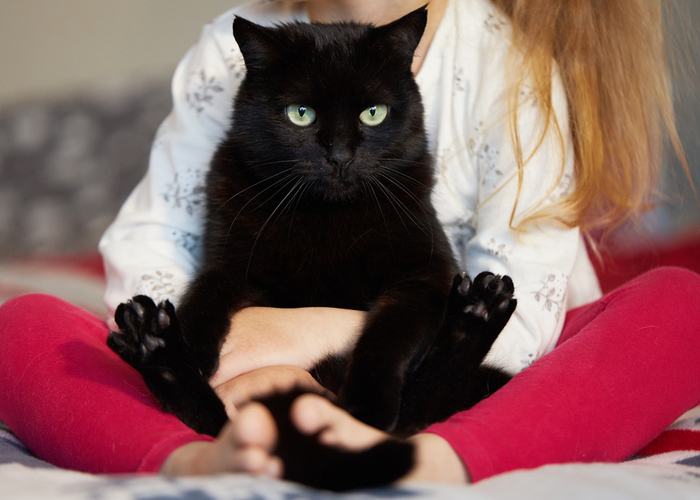 Children Are Never Good Pet Parents
Children Are Never Good Pet Parents
Even the best-intentioned child is likely to fail with their pet parent responsibilities, even as teenagers.
Ensure you are prepared to change the litter, feed the animal, and play with the cat throughout the week, should your children forget to do so.
Children are often too rough for small animals and may accidentally hurt the cat, especially when the pet is young.
Roughhousing, harsh handling, and accidentally stepping on the kitten can lead to costly vet appointments and unnecessary injury. As such, make sure you closely monitor any direct contact between the child and pet.
Cats Are Okay Alone Occasionally
Many people believe that cats are naturally independent when in reality is not the case. Cats, like humans, are social creatures and thrive in a family environment.
While they may not engage all the time, it’s not fair to leave the pet unattended for extended periods of time.
Likewise, a cat requires fresh food and water daily—so ensure someone can watch the cat if you’re on vacation.
Not All Dogs and Cats Hate Each Other
It’s a common misconception that cats and dogs cannot cohabitate peacefully, but you may need to introduce the animals slowly.
Make sure you talk to the rescue if you have any questions on proper introduction techniques to ensure a smooth transition. It’s also important to talk to the rescue if adopting an adult cat about prior exposure to dogs before bringing the pet home.
Shelters and rescues are pretty good judges of character; they can likely identify any cats that may not adapt well to a home with multiple animals or dogs.
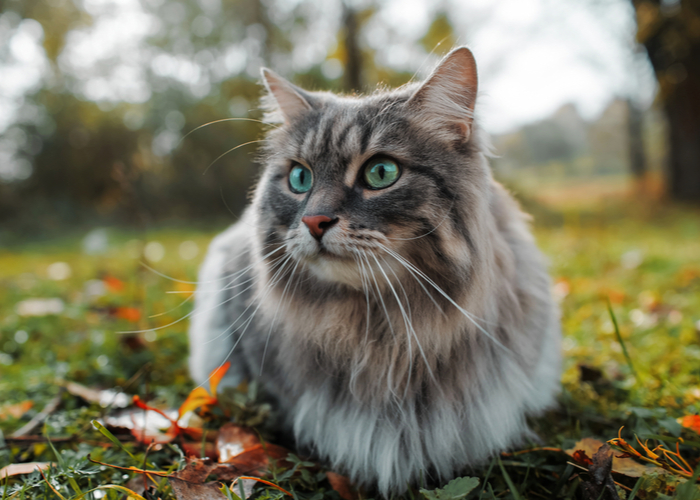
Understand The Breed Requirements Before Purchase
Different breeds require different levels of maintenance, particularly if they have long or thick coats.
Grooming needs, for example, can be a daily requirement if you own a Persian cat. This may include daily brushing, combing, face washing, or shaving in the event your cat gets matted.
Take an honest look at your availability when considering a cat, especially if you don’t have the daily commitment for their grooming needs.
Many short-haired breeds can go weeks without grooming, making them a more realistic option than a long-hair.
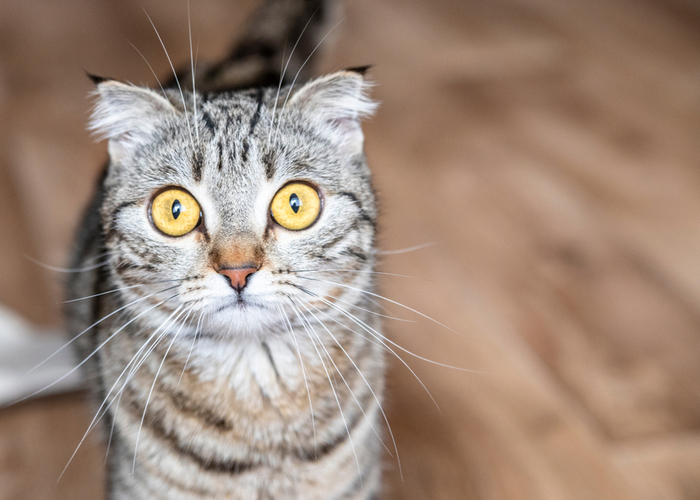 Understand Your Own Finances Before Adding The Cost of Cat Ownership
Understand Your Own Finances Before Adding The Cost of Cat Ownership
If you struggle to pay your bills every month, investing in a pet for the household may not be a wise idea.
Unexpected expenses can often arise with pet ownership, including the costs of owning a cat.
If you’re in doubt, ask yourself if you can afford a sudden and unexpected purchase of $500 without notice. This is likely the low end of an emergency vet bill. It
t’s better to be prepared than to be unable to afford needed medical treatment.
Surrendering Your Cat Is Likely a Death Sentence
As the number of animals in shelters continues to climb, it’s estimated that nearly 1.5 million cats and dogs are euthanized in the United States every year.
This number doesn’t represent mean, aggressive, or old animals, and it simply is a situation of running out of space.
If it becomes too costly, you may consider surrendering your cat to an animal shelter. Before you do this, try to find another home or position that is better suited.
You might feel you have no choice but to surrender or give the animal to a shelter. Understand that there is a high probability your pet will be one of these statistics.
These needless tragedies can be avoided by responsible pet ownership and planning ahead.
Final Thoughts on the Cost of Cat Ownership
Things like budget, saving for emergencies, rehoming, or simply committing to the life of your pet. These are all things responsible pet owners do before owning an animal.
Likewise, it’s always a wise idea to plan visits with an animal with all household members. Do this before purchase to ensure no allergies, dislike, or personality clash exists.
The cost of cat ownership goes well beyond paying for the animal. Daily, weekly, and monthly expenses need to be considered before purchase. These expenses ensure a healthy relationship between humans and animals.
Making an informed and educated decision is important. Then both the cat and the family are likely to maintain a healthy relationship.
READ NEXT: How Long Do Cats Live? – Feline Average Life Expectancy
